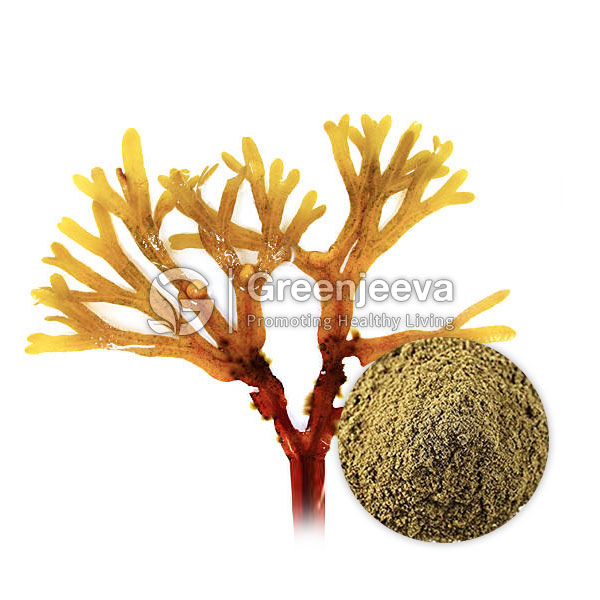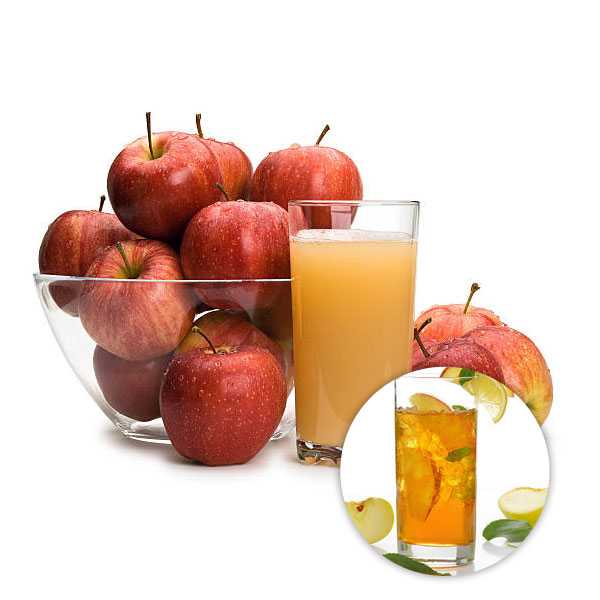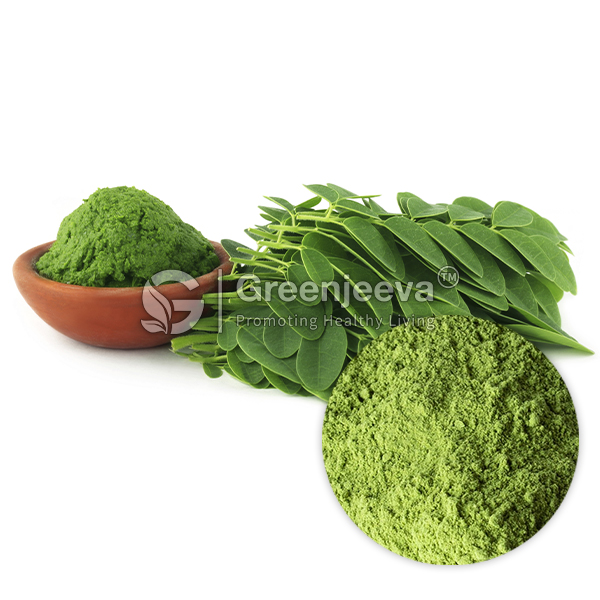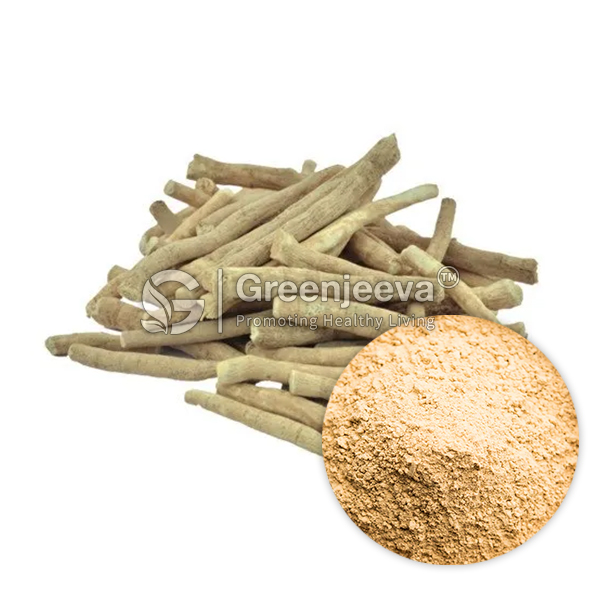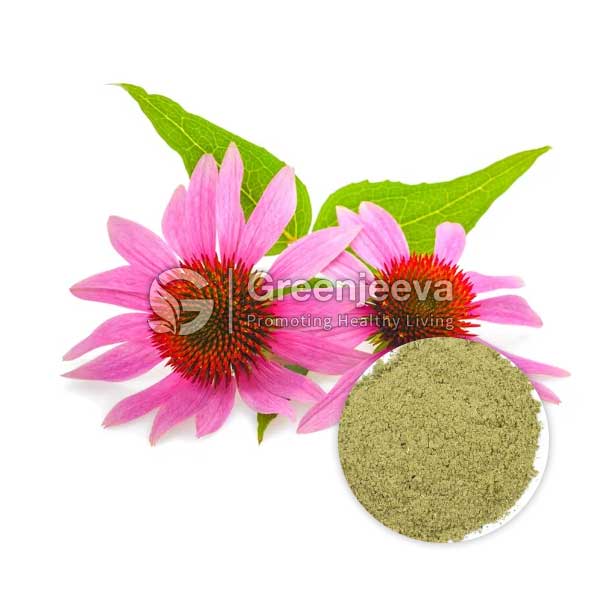Description
An edible brown seaweed known by various names, including black tang, bladder fucus, rockweed, and more, belongs to the Fucaceae family. This versatile seaweed thrives in regions like the Baltic Sea, Greenland, the Azores, and Northern Russia, along the Atlantic shores of Europe. Bladderwrack contains significant active components like laminarans, alginic acid, and fucoidan. Fucoxanthin, a major carotenoid, imparts its distinctive brown hue.
The nutritional value of bladderwrack is noteworthy, encompassing carbohydrates, proteins, lipids, and fatty acids. It’s rich in essential elements such as sodium, potassium, iodine, calcium, and magnesium, with iron, manganese, and zinc traces. Laden with antioxidants and minerals, bladderwrack’s consumption benefits heart and gut health, making it a valuable addition to the diet.



